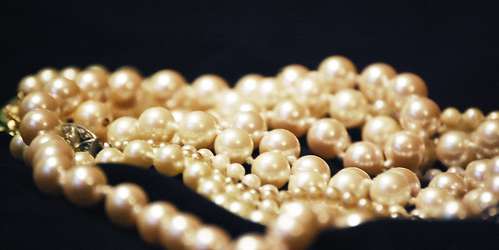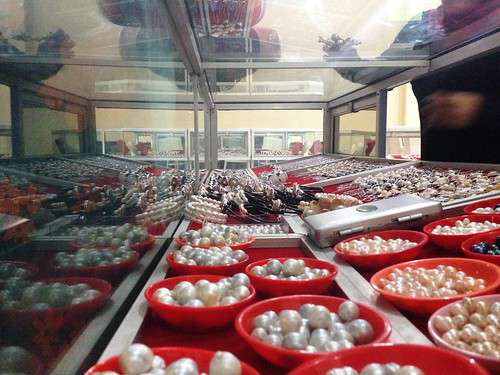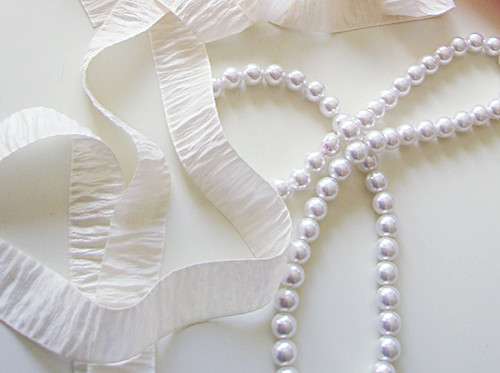Toward an Objective Method of Quality Assessment
Currently, pearl quality assessment relies primarily on subjective visual inspection of a variety of aesthetic factors, including color and luster. Not only is sight-based evaluation inherently unreliable, it is also time-consuming and dependent on the expertise and skill of the viewer. The nature of pearls themselves complicates this process due to their reflective, iridescent qualities and high level of environmental dependency. As researchers Snezana Agatonovic-Kustrin and David W. Morton note, “The colors of pearls are not merely due to the pigments that may be present in the pearl but also from the reflection and refraction of light.”1 Diffuse reflectance UV-Vis spectrophotometry introduces a non-destructive, objective basis for color assessment that can allow for more rapid and reliable color categorization. UV-Vis instrumentation offers the ability to not only account for reflectance to produce accurate chromatic data, but to measure light transmittance as an objective, quantifiable indicator of luster. This information is critical not only to purchasers of pearls, particularly those who specialize in high-quality products, but to pearl farmers seeking to optimize their culturing practices.
Spectral Identification of Diverse Parameters
In addition to color and luster, the data gathered through spectrophotometric analysis of each pearl’s distinctive spectral features can be used to identify a host of other quality parameters that impact value and marketability. These include differentiation between naturally colored and treated pearls as well as determination of pearl origin based on the unique UV-Vis absorbance properties of a pearl’s nacre. For example, a recent study published in Marine Drugs found that “yellow-colored pearls and yellow shell nacre from P. maxima showed characteristic maximum absorption between 330 and 385 nm while ‘heat-treated’ yellow pearls from P. maxima did not, allowing treated pearls to be distinguished from natural pearls of similar color.”2 Similarly, spectrophotometric identification of chromatophores can differentiate natural Tahitian black pearls from treated pearls. Based on their findings, the researchers noted that, UV-Vis spectrophotometric analysis “could become increasingly important as the pearling industry seeks to develop less subjective methods of assessing pearl quality (grading).” Indeed, experts are currently developing assessment protocols that pair spectrophotometric instrumentation with Artificial Neural Networks for consistent and accurate identification of pearl type, treatment, and quality and reflectance spectrophotometry is already an integral part of assessment protocols at the Pearl Science Laboratory in Japan, an independent grading body that certifies Hanadama, the highest quality Akoya pearls.




